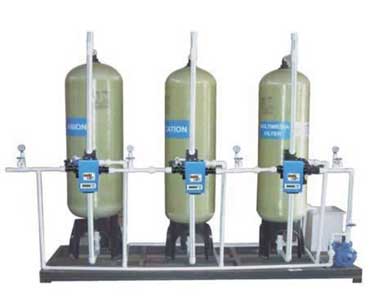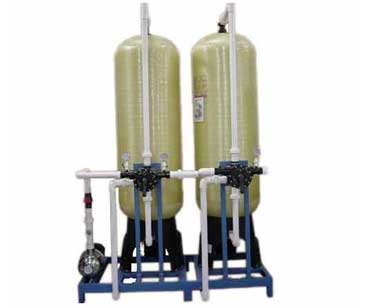Two-bed deionization is a process that removes the cations and other impurities from water. The two vessels contain separate resins for removing cations and anion. The cation chamber contains a cation-exchange resin that replaces the cations with hydrogen ions, while the anion chamber contains the same type of resin. The result is water that has very low conductivity.
Two-bed deionization is a common method used in many water treatment facilities. It uses specially manufactured ion-exchange resins to replace the mineral salts in the water with water. The process is fast and efficient, producing water with high purity, comparable to distilled water. This method also removes radionuclides and other dissolved impurities. It is a cost-effective solution for commercial and industrial applications and is able to process a wide variety of types of wastewater.
A two-bed deionizer consists of two separate vessels. One vessel holds a Cation-exchange resin (hydrogen), and the other contains an anion-exchange resin (hydroxyl). In both cases, the water passes through a caution column where it exchanges its cation- and anion-exchange-resins with hydrogen ions. This process is called a monovalent exchange because one caution replaces two hydrogen ions. On the other hand, the anion-exchange process swaps negatively-charged ions for hydroxide ions.











